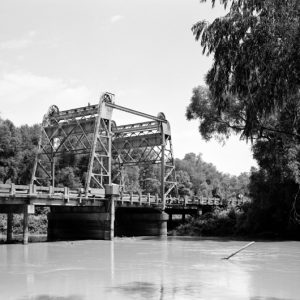 St. Francis River Bridge
St. Francis River Bridge
Entry Type: Thing - Starting with S
 St. Francis River Bridge
St. Francis River Bridge
 St. Francis River Bridge
St. Francis River Bridge
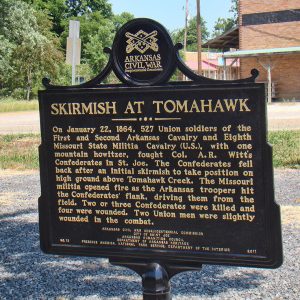 Skirmish at Tomahawk
Skirmish at Tomahawk
St. John’s Episcopal Church (Camden)
St. John’s Seminary
St. Johns’ College
St. Joseph [Steamboat]
 St. Joseph Colony Article
St. Joseph Colony Article
St. Louis Southwestern Railway
aka: Cotton Belt
St. Louis–San Francisco Railway
aka: Frisco
St. Nicholas [Steamboat]
St. Vincent Hot Springs
aka: St. Joseph's Mercy Health Center
aka: Mercy Hot Springs
aka: CHI St. Vincent Hot Springs
 St. Vincent Infirmary Dedication
St. Vincent Infirmary Dedication
 Stanly Mounds
Stanly Mounds
 Star City Commercial Historic District
Star City Commercial Historic District
Star City Confederate Memorial
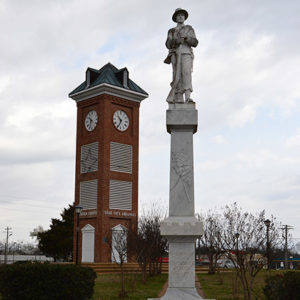 Star City Confederate Memorial
Star City Confederate Memorial
Star of India
 State Flag Garden
State Flag Garden
 State Flag Plaque
State Flag Plaque
 State History Atlas
State History Atlas
 State National Bank Building Ad
State National Bank Building Ad
State of Arkansas v. Artoria Smith
aka: Arkansas v. Smith (2015)
State of Arkansaw, The
State Parks Division
aka: State Parks
aka: Arkansas State Parks
 State Seal
State Seal
State Treasurer, Office of
aka: Office of Treasurer
Stave Mills
Stay More [Book Series]
Steamboats
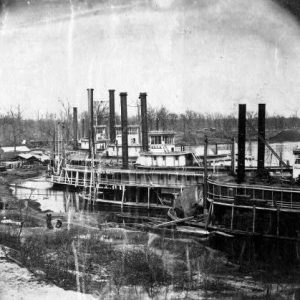 Steamboats
Steamboats
Steamboats (Civil War)
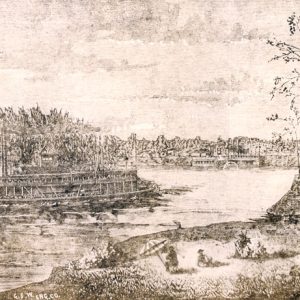 Steamboats Illustration
Steamboats Illustration
 Stearman Crop Duster
Stearman Crop Duster
 Howard Seymour Stern Self Portrait
Howard Seymour Stern Self Portrait
Stern’s Medlar
aka: Crataegus × Canescens
aka: Mespilus canescens
 Stern's Medlar Flowers
Stern's Medlar Flowers
 Stick Insects
Stick Insects
Stone Cold
Stone County Courthouse
 Stone County Map
Stone County Map
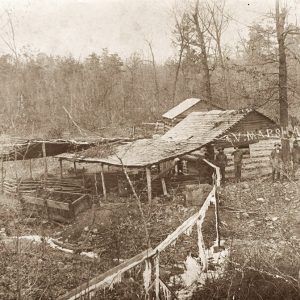 Stone County Still
Stone County Still
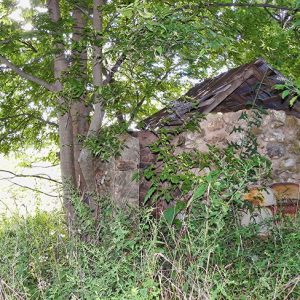 Stone Outhouse
Stone Outhouse
Stoneflies
 Stoneflies
Stoneflies
 Stoneflies
Stoneflies
 STOP Ads
STOP Ads
 STOP Ad
STOP Ad
 STOP Ad
STOP Ad
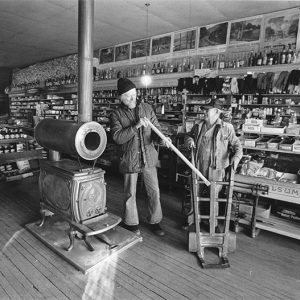 Store Interior
Store Interior




